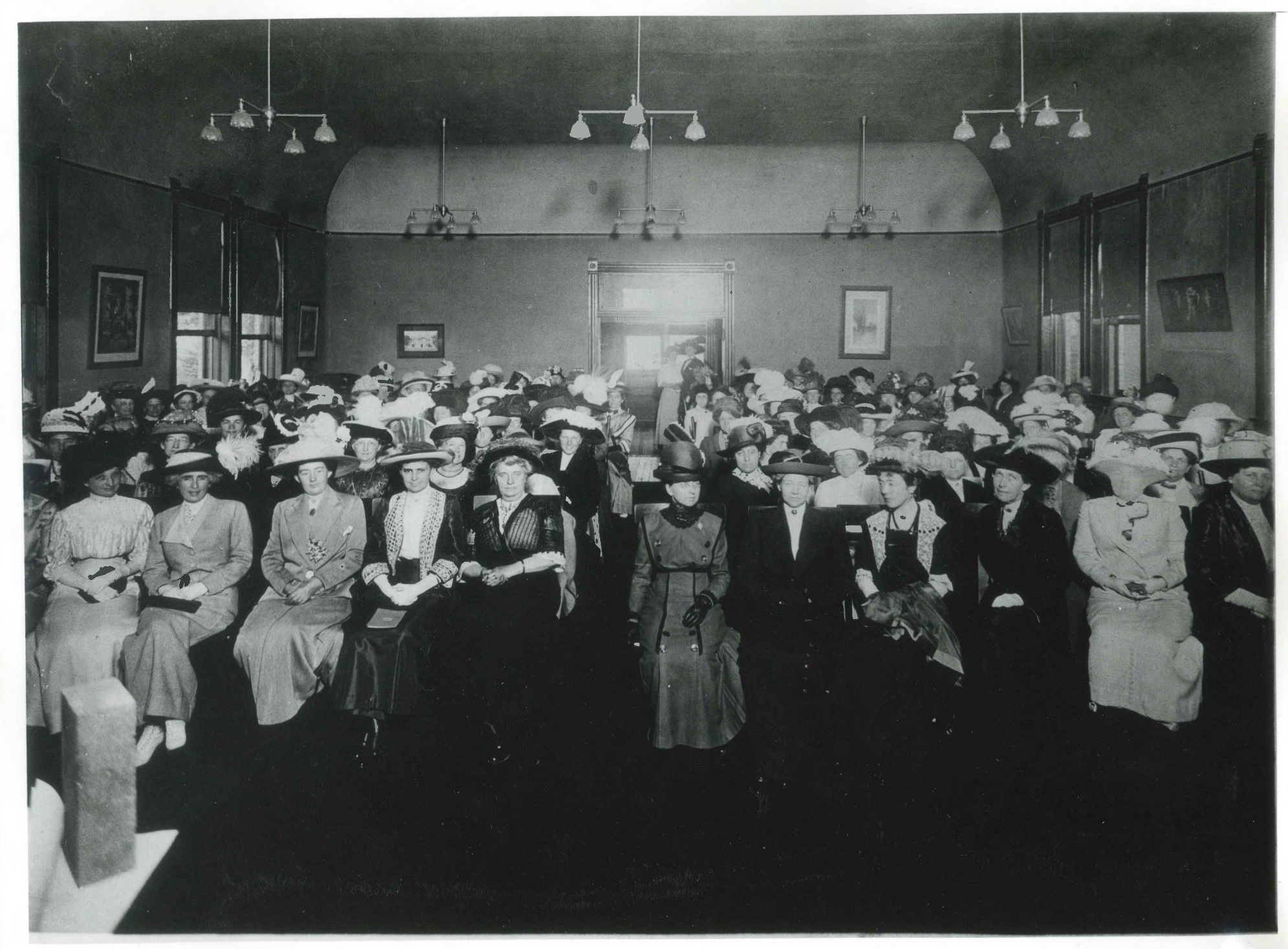A new chapter began for the Clubhouse in 2016 when Preservation Utah sold the historic hall to the creatives behind Photo Collective Studios. Watch the short videos below to learn more.
Video Produced in 2019 by: PhotoCollectiveStudios.com.
Update: We Won the National Historic Preservation Grant for ADA Accessibility! Construction begins 2020!
Video Produced in 2016 by: PhotoCollectiveStudios.com
“Opting for a creatively connected group with a business focus will help ensure the building is kept open to the public and continue the legacy and ideals of the Ladies’ Literary Club for cultural enrichment.”
“That the literary club’s building will remain on South Temple is proof that it’s possible to save our most important artifacts.”










